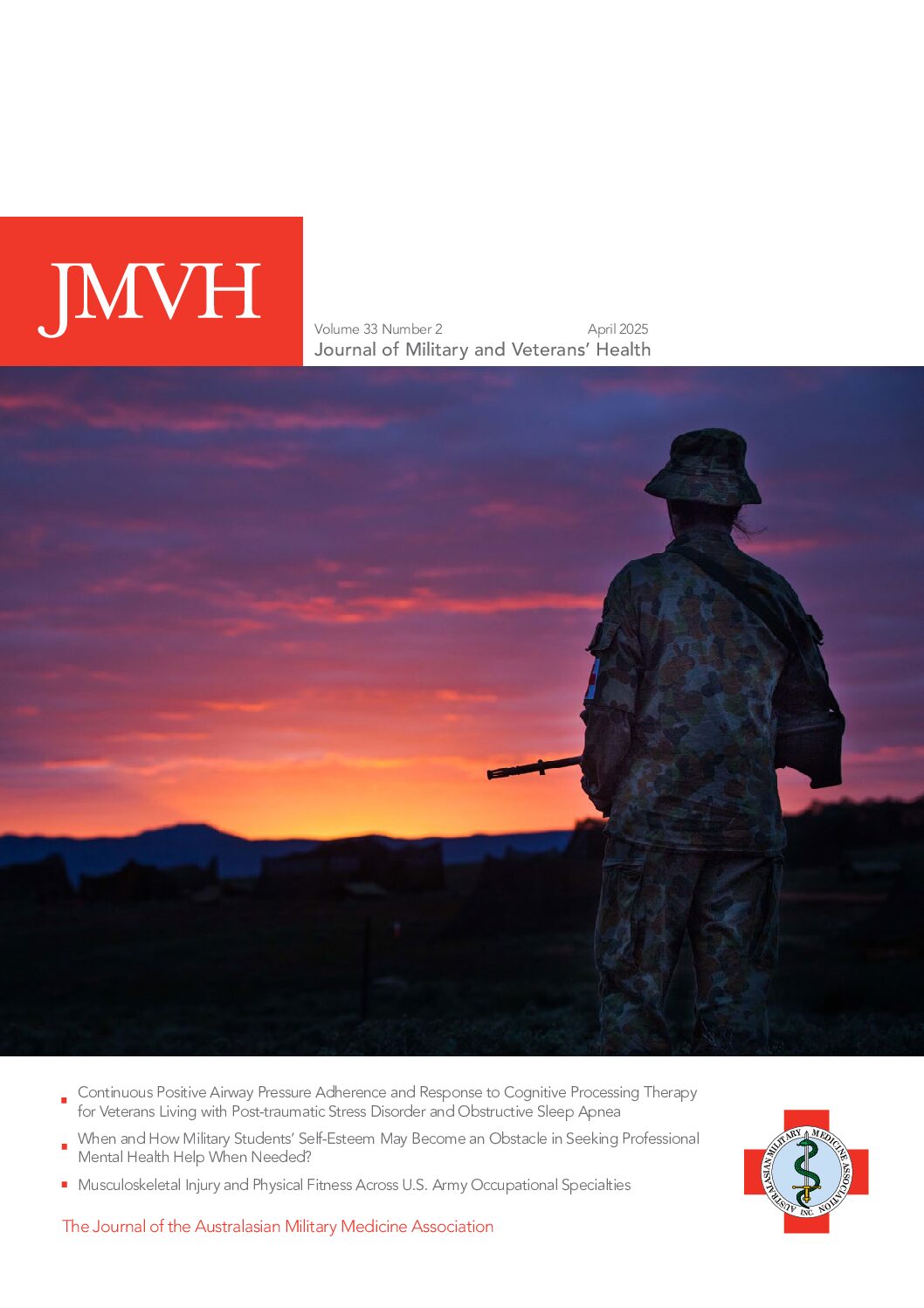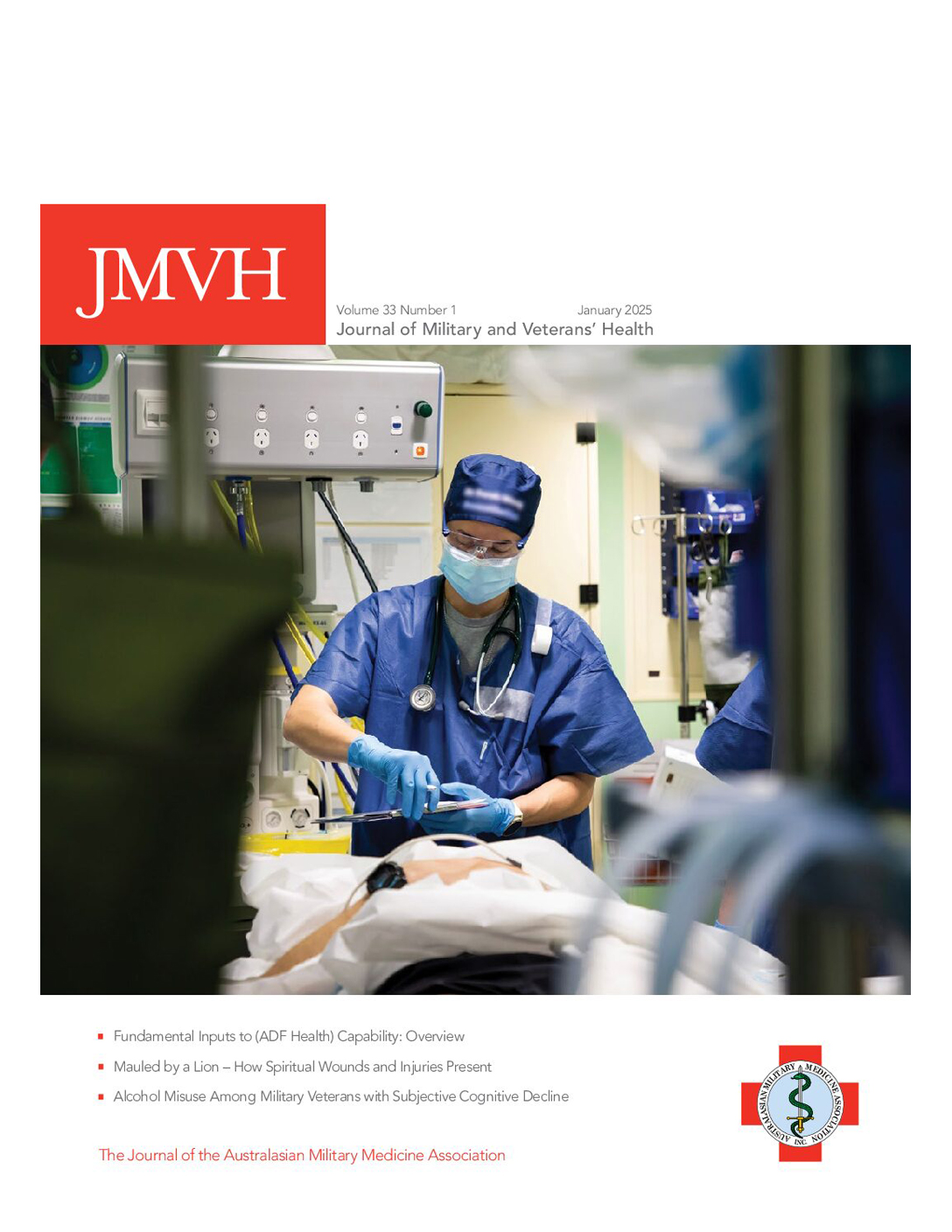At 1030 am on Tuesday, 5 May 1998, the larger of the Navy’s two tankers, HMAS WESTRALIA, was proceeding out of the Gage Roads off Perth on the way to a SE Asian deployment, with 98 men and women looking forward to a variety of work and play over the following six weeks. A major fuel leak occurred in one of the main engines, deep in the bowels of a cavernous engine room space. Repairs were started. Five minutes later, a second leak occurred on the other engine, but this time fuel sprayed onto hot machinery and ignited into a huge fireball. At the time this occurred, there were eight people in the engine room. Four escaped, three suffering significant smoke inhalation. The ship was sent to emergency stations, and its emergency medical organisation of two medical sailors and six advanced first aiders was mobilized. Faced with a total of seven casualties, they worked as a team for the next three hours stablising and treating the injured and preparing for the management of the missing. Assistance was provided by medical staff from HMAS STIRLING and a number of ships in company. A further two casualties were sustained during the firefighting effort, and all five injured were flown to hospital in Perth. The four missing, sadly, died.
In August 1998, a submarine earthquake occurred just north of the coast of Papua New Guinea, causing slippage of the nearby ocean surface. A tsunami was generated, which crashed into the shore as a 10-metre wave, devastating the towns and villages, and causing many deaths and injuries. A request to the Australian Government for assistance came, and within 48 hours, an ADF surgical team was mobilised and despatched to Vanimo. Over the next twelve days, this team treated the injured, often dealing with gangrenous wounds presenting many days too late, with the consequent tragic need for amputation.
These two incidents highlight the high state of readiness that is expected of the Defence Health Service (DHS), both in dealing with the ADF’s own disasters and those of the Region. This level of readiness is required not only of formed units (ships, etc) but of the Service as a whole, to achieve the mobilisation of a number of disparate units and individuals so as to come together to provide a comprehensive emergency service. These calls come out unexpectedly and almost always at short notice, and every time the Service delivers. They come out as taskings additional to those already underway – the surgical presence in Bougainville continues, as do other health support activities of the ADF.
There has been a major shake-up of the DHS in the last twelve months, occasioned by the Defence Reform Programme which has, as its aim, the redirecting of Defence effort to the combat and combat support roles, and the outsourcing of as much as practicable of the other roles of the ADF. Unfortunately, as so often seems the case in peacetime, health services are seen by many to be in the latter group. Thus, much of the support area of the DHS is about to be closely scrutinised for civilianisation or commercialisation. Following the inevitable downsizing, we will have to rely more and more on our Reserves.
The Reserves provide us a valuable and loyal service, there is no doubt, but they do have their limitations. Their availability is constrained by personal and employment factors, often meaning they are not available at short notice or for long periods of time. This creates significant complications in deploying them, with delay in initial deployment occurring and frequent rotation being required. This adds to the cost and complexity of operations. Further, in the case of some categories of medical assistants, there are no civilian equivalents outside the Permanent Forces.
In these times of change and downsizing, we must ask ourselves how long are we going to be able to rely on the voluntary contribution of our Reservists. Will the ADF be embarrassed at some time in the future by not being able to respond to requests for the provision of health support? Will we have to go the UK way of compulsory call out of Reservists when surge capacity is needed? Will at some time in the future we be facing the declining capability that has forced the UK Defence Forces to seriously re evaluate recent changes to their Health Services?
Only time will tell.






